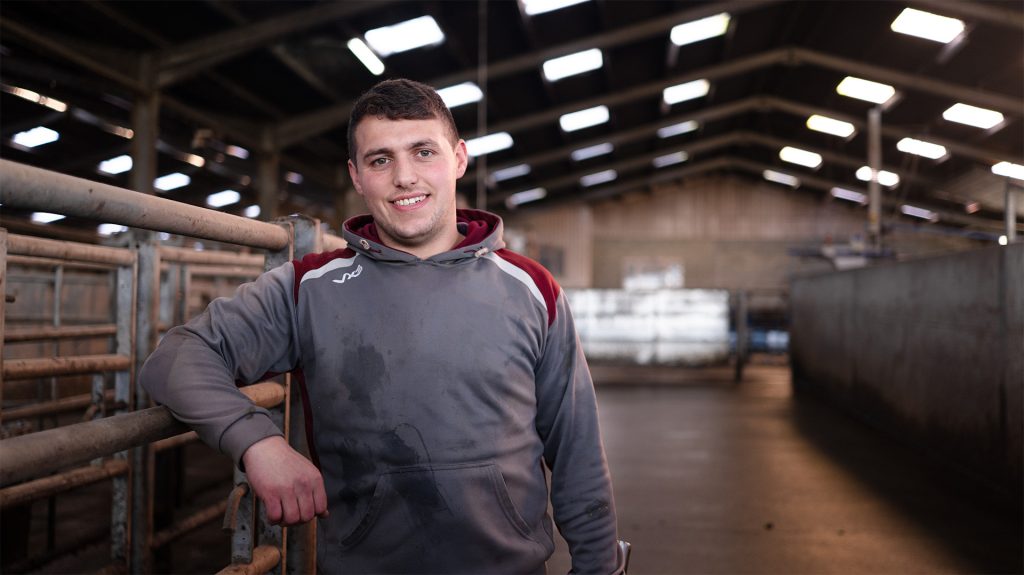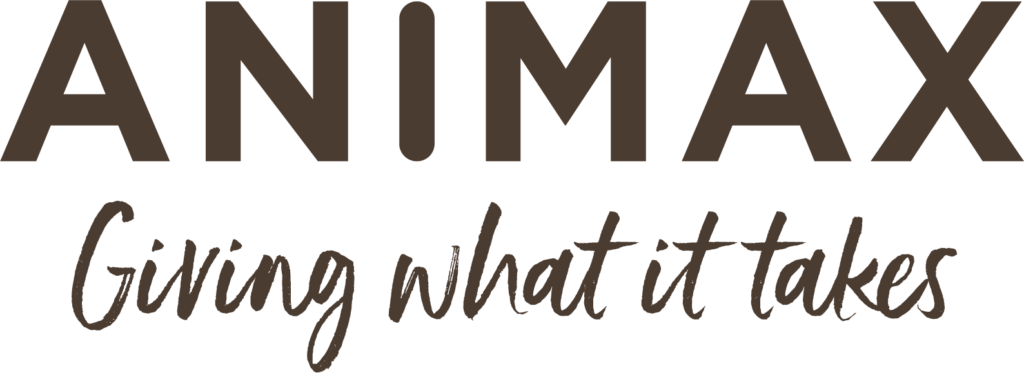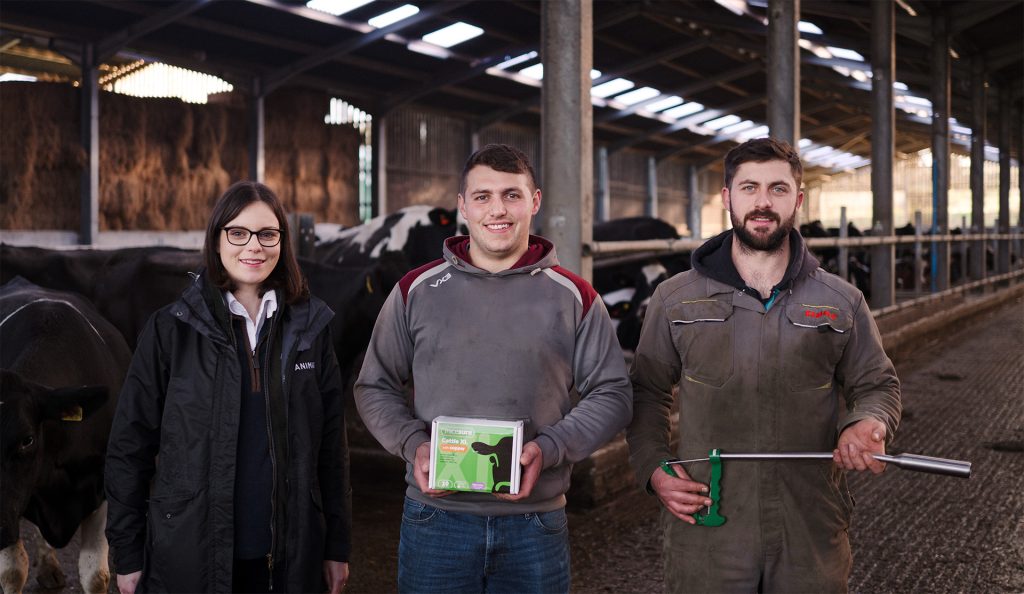Welsh farming family – Aled, Hedydd, and Owain Rees – are a shining example of how embracing change can yield positive results. Their dry cow supplementation strategy, however, has not changed.
Since returning from Hartpury to Treclyn Isaf in Eglwyswrw some eight years ago, Owain has spearheaded some significant changes to the progressive dairy farm business. Investment in a 54-point rotary parlour, moving away from organic production, and shifting to a block calving system – to name a few. All changes that have reaped positive rewards for the family farm.
One thing that has not changed in the long term, however, is how they supplement their cattle.
Regenerative production
The 400-cow milking herd currently supplies into the First Milk regenerative cooperative in Pembrokeshire.
“We were organic for 25 years. We stopped last July and then joined First Milk to tie into what they’re doing with regenerative farming”, explains Owain. “It was quite easy for us coming from organic, we were already doing a lot of the things that ticket the boxes for the bonus payment”.
“We didn’t want to change our farming practices too much, and just felt that being organic was holding us back a bit in terms of production. We were just growing grass, and so had to buy-in expensive feed. Now we make most of our own feed and grow a lot of winter crops – hybrid rye, forage rye, winter feed barley, winter feed wheat”.
Block calving
“My dad always ran the farm as an all-year-round system. But we do a lot of the fieldwork ourselves and were finding we were missing things when we were busy”, explains Owain. Cows that calved when we were silaging were not doing the best for us. The best cows were calving in the winter months when we had time to give them more attention”.
“I did my placement year on a cross-bred spring-calving herd which got me thinking it might be a better set-up for our system”.
“We started off calving half the herd in the autumn and half in the spring. I made the decision last year to calve everything in one block as we were doing a better job with the spring calvers. It’s also a bit more natural. Autumn calving cattle were housed in the second half of summer and then wouldn’t go back out until April so weren’t getting out much. Cows are dry for most of the closed [NVZ] period, so we make a lot less bedding, and slurry is dryer because milking times shorter and use less water”, says Owain.
“We’d not be your typical spring-calver type”
“We tend to calve quite early; from mid-January when we are quietest and gives our staff a bit of a break over Christmas. Our cows are in-between high yielding and cross bred, yielding an average of 8,500 litres per lactation”, says Owain.
“When you block-calve, you have got to have a different mentality”, advises Owain. “Because you only have one opportunity to get it right, you’ve got to do everything you possibly can to do the best for them. It’s actually a lot easier because your only focused on breeding, or drying off, or calving. It also takes away some of the monotony, and it gives us a bit of a break during the quieter times. It’s the best thing for us and the cows”.
Dry cow nutrition management
“We feed hard in the first half of the lactation. Cows have a diet of maize, blend and multi-cut silage, and they’ll stay on that depending on grazing season”.
“We don’t turn out early as it’s a wet farm. Cows go out around April and stay in at night on a total mixed ration through the breeding season; normally until late June to early July depending on maize stores. They then go out all the time, and depending on the grass we’ll continue to buffer feed”.
“My parents were using [ANIMAX] Tracesure before I came back from university. They were having the usual problems with calving in sheds. The vet came in and advised that we dry cow bolus alongside fluke drenching and vaccinating. We’ve since seen much better results. You know with boluses that every cow has had one; you are not dependant on them getting their trace elements through the diet”.
“Cows get back in calf and calves are much healthier”.
“About 3 years ago, my dad cut bolusing at drying off to save on cost. While we can’t pinpoint it for definite, it was the only thing we changed, and we got a couple of milk fevers, a couple of retained cleansings, and calves were not thriving. The following year we went back to bolusing, and performance went back to how it was. The less problems we have, the less antibiotics we use”, adds Owain.
“There’s a variety of different boluses, but when you compare the ingredients like for like, I feel Tracesure Cattle XL has a lot more trace elements and is better value for money. I spoke to our vet about it, and he was of the opinion that if it isn’t broke, don’t change it. 9 out of 10 times, if something is cheaper, it’s cheaper for a reason. Every time we’ve pulled it, it has caused us problems”.
Key benefits of using Tracesure Cattle XL:
- Improvement in bulling and conception rates
- <10% empty rate
- Healthier cows and stronger newborn calves
- Lower rates of milk fever and retained cleansings
“The money can seem a lot, but when you break it down per cow and what it gives you back, it’s not really that much. If a cow gives a little bit more milk and gets back in calf, and if calves are stronger and thriving a bit more, costs are covered. It’s worth doing it as an insurance”, concludes Owain.

Independent dry cow study
425 Holstein Friesian dairy cows on 4 farms in Ireland were split into two groups: a non-bolus dry cow group and a dry cow group bolused with ANIMAX Tracesure® Cattle at drying off. Cows bolused with ANIMAX Tracesure® had 6 percent less incidents of retained foetal membranes, compared to the control group. Based on the cost of a retained placenta being £470 per cow, the net benefit is over £1,660 for every 100 cows. This is a 1.7:1 return on investment.


